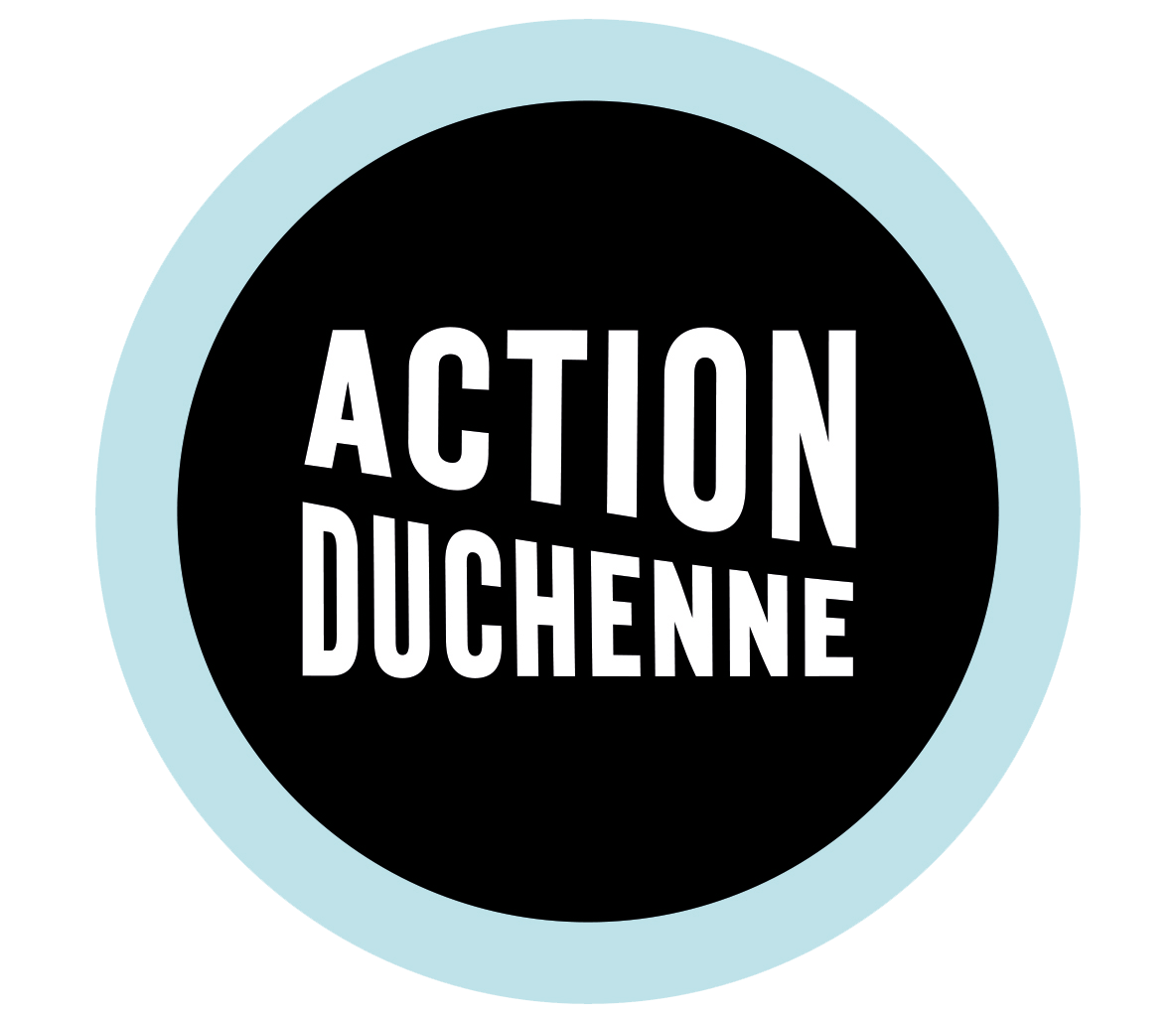The UNITE-DMD project, which we are co-funding alongside Muscular Dystrophy UK and AFM-Téléthon brings together several strands of research to establish a gene therapy trial in the UK and further develop gene therapy approaches.
Preparatory work for the clinical trial
The preparatory work for the clinical trial is continuing and progressing well. Professors Francesco Muntoni and Volker Straub, from University College London and Newcastle University respectively, have recruited the clinical teams that will oversee the trial, alongside the clinical team at Genethon.
Natural history study
Before the clinical trial begins, a natural history study will take place (ClinicalTrials.gov reference: NCT03882827). This will obtain clinical data on individuals with Duchenne muscular dystrophy before the gene therapy trial starts.
This will give a baseline of the trajectory of patients on the natural history study, who could potentially be selected to participate in the clinical trial. The final selection of individuals to be recruited into the clinical trial will depend on the inclusion and exclusion criteria, which will be decided when the clinical trial protocol is finalised.
Participants who have had previous exposure to AAV will not be able to participate. Ethical approval has been granted for the natural history study and planning is underway to get it started.
Clinical trial
The gene therapy clinical trial will be a multi-centre international study that will test the safety biochemical efficacy and exploratory clinical efficacy of the gene therapy in boys with Duchenne muscular dystrophy.
The protocol, which will describe the inclusion criteria for participants and the outcome measures that will be assessed, is currently being considered.
A meeting to discuss optimal immunosuppression (or how the immune system could be turned down) for the early part of the study and the immunological surveillance was recently held.
The final step will be the clinical trial authorisation from the Medicines and Healthcare products Regulatory Agency (MHRA) followed by the start of the trial before the end of 2020.
Manufacturing the gene therapy
Batches of the clinical grade AAV8-MD1 gene therapy product are being produced at Yposkesi, a gene therapy contract development manufacturing organisation in France. The AAV8-MD1 gene therapy has been monitored throughout production and has shown to be of high quality. The final batches are now being quality control tested.
Toxicology
Toxicology studies, to confirm the safety of the gene therapy product, have been taking place in animal models.
The final analyses of these toxicology studies are due to be reported in early 2020. This work is being funded and carried out by our French partners AFM Téléthon and its not-for profit biotech, Genethon, and forms an essential part of the UNITE-DMD programme.
Update on the development of next generation microdystrophins
Improving the function and production of microdystrophin protein
The researchers have been making adjustments to the microdystrophin gene in an effort to improve the function and production of the microdystrophin protein:
- Four new microdystrophin genes have been created (see our previous update) with a view to improving the function of the protein; these have been tested in a mouse model of Duchenne.
- Two approaches have been undertaken to alter the microdystrophin gene to enable it to boost production of the microdystrophin protein; these new genes have been tested in cell and animal models.
Although the new genes were able to produce microdystrophin protein, they were not as effective as the current microdystrophin gene that is being used in the UNITE clinical trial (called MD1). The researchers think these results may be because the new genes are too big for the AAV vector. They are now working to reduce the size of the genes.
Improving gene delivery by modifying the AAV vector
Another way to improve delivery of the microdystrophin gene to muscle is to ensure the delivery vector being used is optimized for this purpose. This is something else the researchers have been investigating.
The researchers have started comparing the efficiency of the vector that will be used in the clinical trial (AAV-8) with another that is being used in other clinical trials (AAV-9). Testing in animals has been done and the results are being analysed.




 Duchenne Science events back on the road in 2020
Duchenne Science events back on the road in 2020

